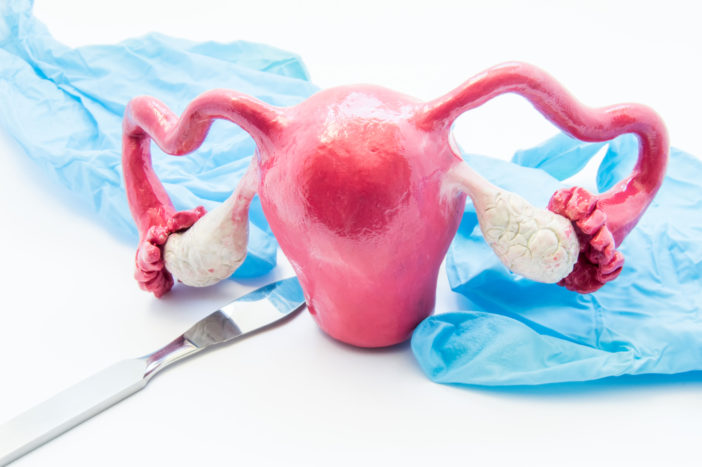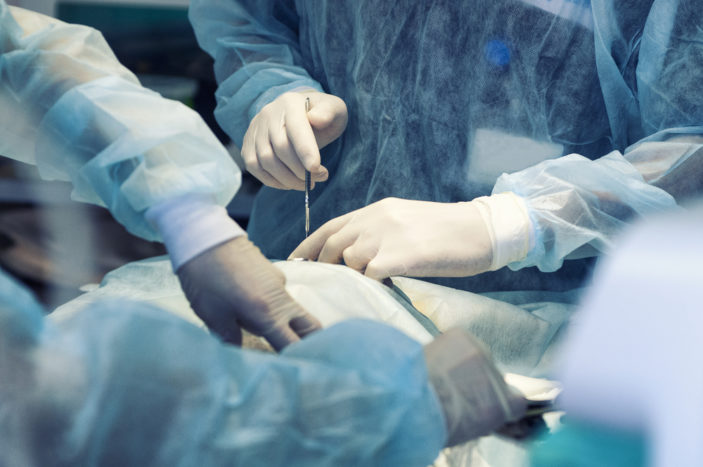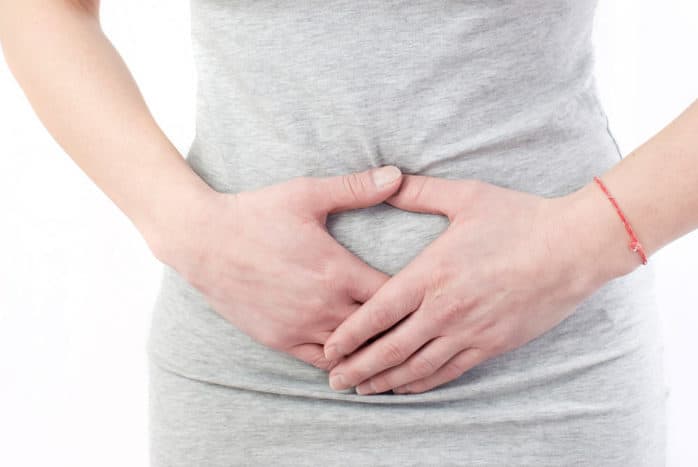Contents:
- Medical Video: Fibroids & Pregnancy
- Can iomectomy completely eliminate benign uterine tumors?
- Do all women with uterine tumors have to do myomectomy?
- Types of myomectomy
- Abdominal myomectomy
- Laparoscopic myomectomy
- Hysteroscopic myomectomy
- Will it hurt after doing myomectomy?
Medical Video: Fibroids & Pregnancy
The uterus is an important reproductive organ for women, but unfortunately there are many disorders that can attack these organs. One of the most common is benign tumors or uterine fibroids. This growth of uterine fibroids must be treated appropriately, especially if you plan to have children. The treatment that can be done is by uterine myomectomy. However, is it true that myomectomy surgery can treat uterine tumors (uterine fibroids)?
Can iomectomy completely eliminate benign uterine tumors?
Myomectomy is a surgical procedure performed to remove uterine fibroids or benign uterine tumors.
If fibroids in the uterus cause several symptoms such as pelvic pain, menstrual bleeding that is too heavy, prolonged and irregular, and urinating too often, the doctor will usually recommend this myomectomy.
With myomectomy, the symptoms that arise earlier will be resolved properly. However, fibroids can still grow again after surgery for myomectomy, especially in women at a young age. Therefore, after myomectomy is done, there needs to be further consultation and examination with the doctor.
Do all women with uterine tumors have to do myomectomy?
Actually, there are several treatments that women can choose to deal with tumors that grow in the uterus, such as hysterectomy. However, unfortunately this action can eliminate the chance of pregnancy in women, because in this procedure the uterus is completely removed.
Therefore, if you have a benign uterine tumor and are still expecting a baby, the action of myomectomy can be an alternative. This medical procedure will only remove cells and tumor tissue in the uterus, but does not completely remove the uterus.
Because not all wombs are removed, then this action provides an opportunity so that women can stay pregnant later.
Myomectomy itself is divided into various types, of course if you want to know which type of action is right for you, you should consult a doctor.
Types of myomectomy
Abdominal myomectomy
Abdominal myomectomy is surgical removal of fibroids by opening the lower abdomen.
The doctor will perform a horizontal surgery of 7.7-10 cm just above the pubic bone. Surgery can also be done by making a vertical incision, right from the bottom of the navel to the bottom.
Abdominal myomectomy is considered a good way for women who have large uterine tumors or uterine fibroids, there are many fibroid tissue, or fibroids grow in a sufficient location in the uterus.
Laparoscopic myomectomy
Laparoscopic myomectomy is needed for cases of uterine tumors that are still small and there are only a few fibroid tissue growing. Unlike the previous one, this medical procedure is done by making several small incisions.
This incision will be made about the size of 1-1.27 cm in the lower abdomen. Then the stomach will be filled with carbon dioxide so that the surgeon can clearly monitor the condition of your fibroid.
Then, the doctor will insert a device called the laparoscope into a small incision that has been made under the stomach. Laparoscope is a very thin device that is equipped with small lights and a camera.
This tool will be operated automatically and controlled by remote controlled directly by the doctor. Furthermore, with these devices the fibroid tissue will be crushed until the shape becomes small.
Because this surgery is not a major surgery, recovery is faster than abdominal myomectomy.
However, if it turns out that fibroid tissue is growing too large and is not likely to be destroyed, then abdominal myomectomy is needed.
Hysteroscopic myomectomy
Hysteroscopic myomectomy is the surgical removal of special fibroids that is done through the vagina and cervix. Slightly similar to a laparoscope, the surgeon will also insert a thin, glowing instrument into the body, except that this tool is inserted through the vagina or cervix.
Then, there will be a liquid that is inserted into the uterus to enlarge the part of the fibroid more clearly. Next, the surgeon then uses a wire loop to destroy the fibroid tissue. Then, the liquid will be given back to rinse the area.
Will it hurt after doing myomectomy?
Of course, pain or pain will be felt after surgery. However, doctors will usually give several medications to deal with postoperative pain.
How long you recover will depend on the action of myomectomy. The duration of recovery is:
- Abdominal myomectomy: requires a recovery time of around 4-6 weeks
- Laparoscopic myomectomy: requires recovery time of around 2-4 weeks
- Hysteroscopic myomectomy: requires recovery time of 2-3 days.
To reduce pain and speed up recovery, you should not lift heavy loads or engage in heavy physical activity until you are completely cured.
Also, if you are planning a pregnancy after myomectomy, you can wait up to 3-6 months for your uterus to completely heal or consult your doctor, because this depends on the type of surgery you are doing
















